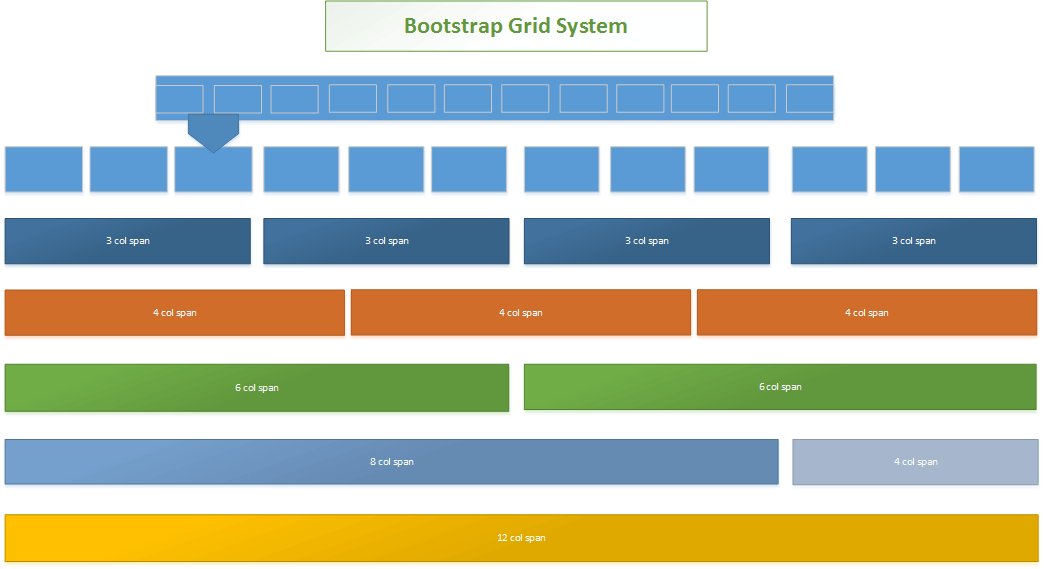
Also you are in a table, and different browsers gave priority differently to sizes. So if you wanted something a specific width, you had to type it in every single time.
This was very hard to maintain and to get right.

But, to get it to actually work, you usually had to have nested tables This element goes from this square to this square.
#BOOTSTRAP GRIDS AND ACCESSIBILITY PLUS#
On the plus side, it was a dynamic that most of us were used to. There were several problems with this kind of layout, but there are three that we are going to focus on. Even Palm and Handspring knew they had to do something there, but couldn’t figure out what. If you wanted to browse something on your Palm Pilot, you would use a parser on your desktopĪnd, let’s just say the results were not something that anyone seriously really worried about. And mobile, well, they had WAP in 1999 and not much else. To Statistics and Data Netscape had an 80% market share. It’s hard to get real numbers from that far back but according However, in the home Netscape Navigator was by far more popular. To them, everyone used Internet Explorer because that’s what was in the office. What’s worse, is that the product owners (today’s term, but the people paying the bills) didn’t really care about browsers. CSS was some magical thing that didn’t work, wasn’t widely used, and was more of an idea than a useful tool.
#BOOTSTRAP GRIDS AND ACCESSIBILITY FULL#
Let’s not forget that the browser wars were in full swing. Everyone from small-time web peopleĮxperimenting with HTML on sites like GeoCities, and large massive companies would use this layout style. Also, browsers were white space was sensitive back then (though they were not supposed to be), so… I left some errors intact though they could be the result of the Wayback Machine. īefore I go further, I want to point out that I did get this markup from the Wayback Machine and I did edit it to make it easier to read. In many ways, this was pushing what browsers back then could do. This time from Lycos.Īgain, remember how long ago were talking about here, let’s not pick on the design too much. So, let’s adjust the dials a bit and look at another example. However, that page shows heavily used tags and not tables. Let’s use the Wayback Machine and look at some of the older sites. In that time technology has changed much, as has what we expect that technology to do. I have been making websites and web applications for nearly 30 years. Bare with me, there is a lot of history here to cover and some of it may be a bit hard to understand if you didn’t live with it. But before we can, we’re going to take a bit of a trip down memory lane and go on a rant about accessibility. Specifically the row and column flex-based layout.

We’ll look at adding in one of Bootstrap’s most useful features (at least


 0 kommentar(er)
0 kommentar(er)
